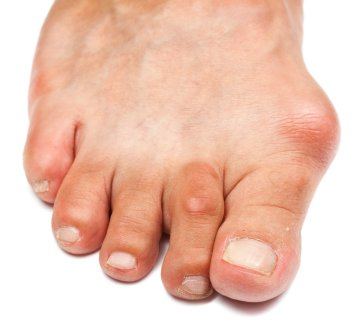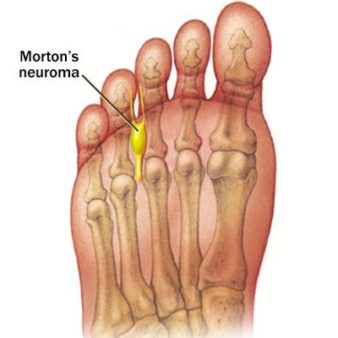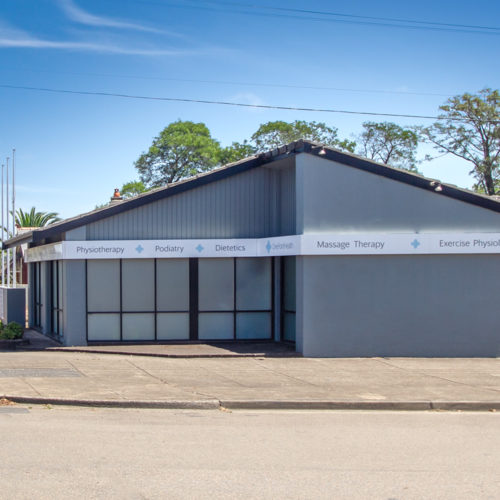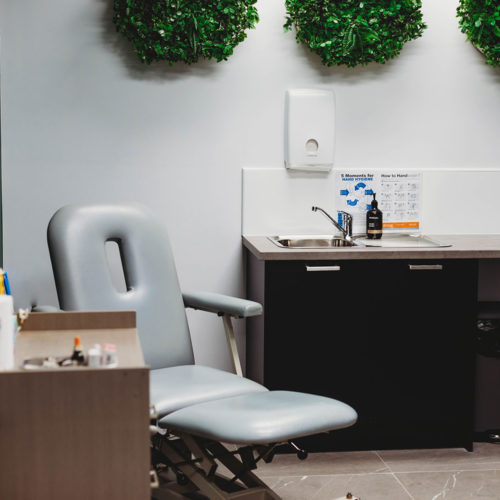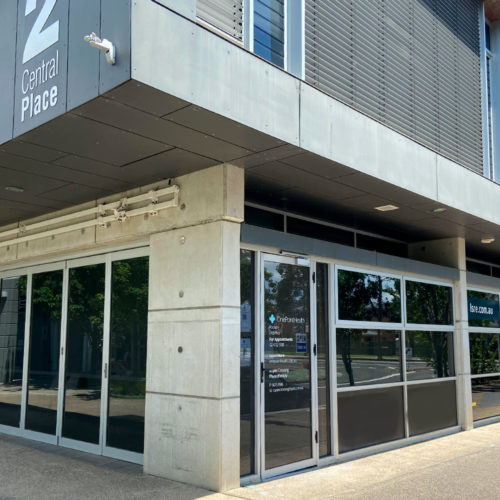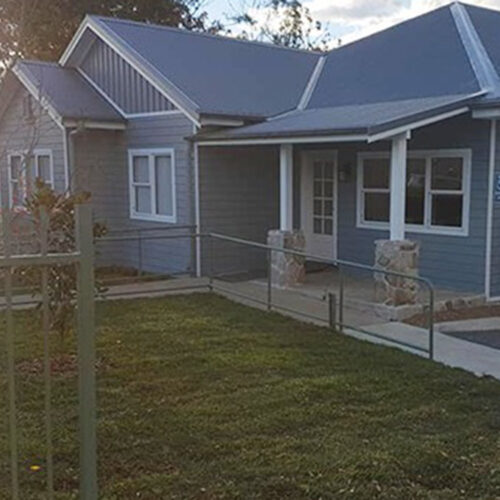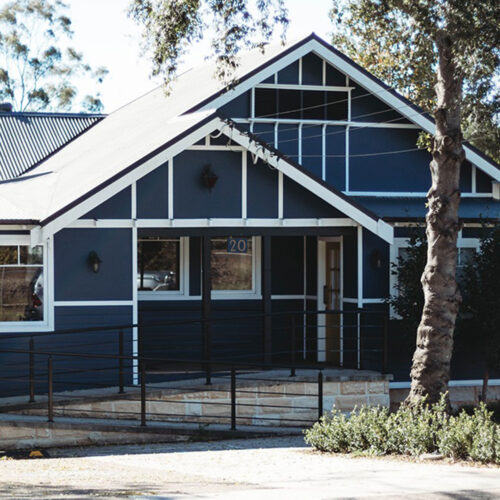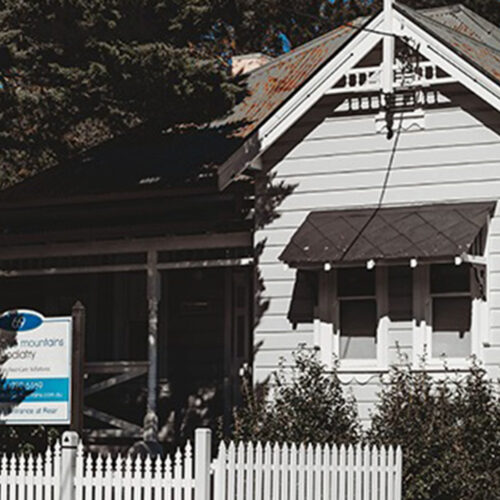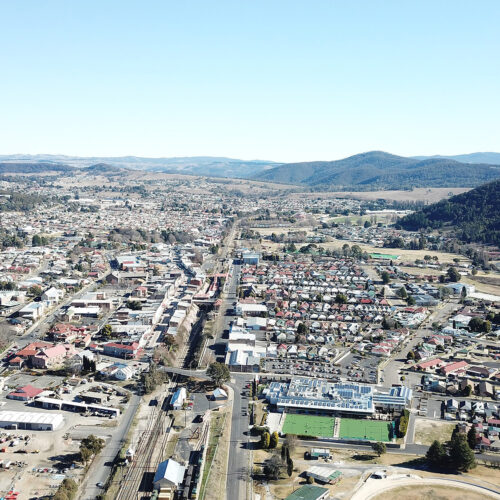Plantar Plate (Ball of Foot) Pain
The plantar plate is a thick fibrocartilignous ligament that spans across the bottom of the forefoot. It is responsible for preventing the excessive extension of the toes and stabilising them from compressive stress that occurs with walking.
WHAT TO LOOK FOR?
Injury to the plantar plate usually presents with symptoms such as forefoot pain, swelling, heat, redness, a sensation of “walking on a marble” or “walking on the bones of the ball of your foot.” An obvious plantar plate injury can be seen when one of the smaller toes appears to be lifted off the ground or crosses over other toes (most commonly the big toe) whilst standing.

CAUSES
Due to its mechanical role, excessively high and abnormal pressures under the forefoot are the main culprit. This can either be from intrinsic or extrinsic factors.
Plantar plate injuries commonly occur intrinsically with bunion formation, as the long bone of the first digit moves away from the long bone of the second digit causing excessive stretch of the ligament. This structure can only expand so much before it tears.
Alternatively, extrinsic causes such as; a rapid increase or change in physical activity levels; changes in footwear or excessive wear of high heeled shoes; increases in body weight; all increase the pressure and stress on plantar plate and can result in injury.
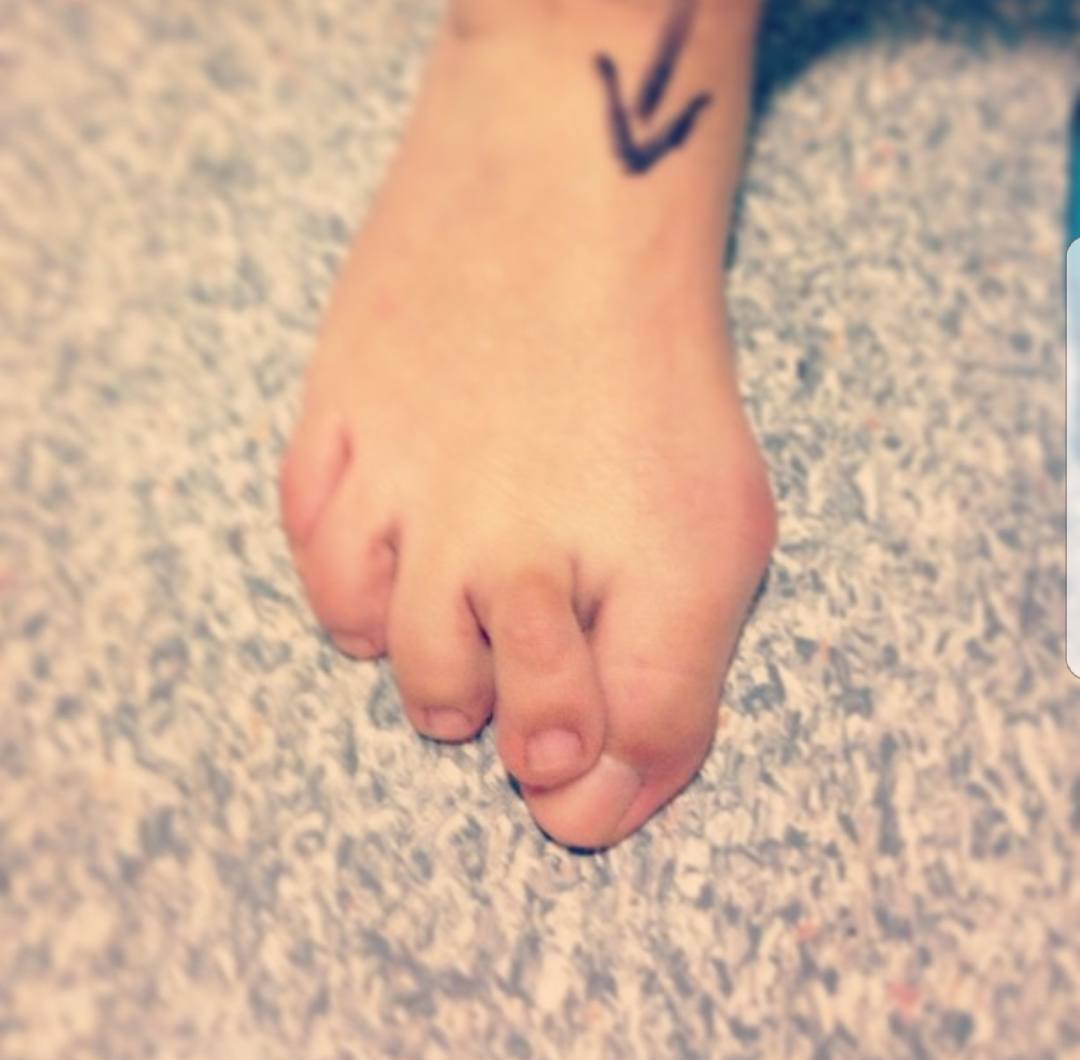
TREATMENT
Treatment of a plantar plate injury is focused at addressing the current pain and symptoms along with prevention of reoccurrence or progression of the injury.
There are many treatment options available and an assessment by a podiatrist will help to determine which is appropriate for you. Taping techniques, splinting devices, footwear modifications, routine strengthening and stretching exercises can all help to heal a plantar plate injury.
Podiatrists are trained to thoroughly assess your foot structure and function to then determine if the way you walk is overloading the ligament and address them accordingly with an orthotic device. Orthotics are a custom made shoe insert that is designed to reduce any excessive loads and aims to correct your alignment, allowing the plantar plate to function within its normal range. Reoccurrence or progression of a plantar plate injury is likely if this is not addressed.
A plantar plate injury is a common yet treatable condition. If you, or somebody you know is experiencing pain in the forefoot, it is best to have it thoroughly assessed so that it receives appropriate treatment.
For appointments
CALL
(02) 4732 5188 – Penrith
(02) 9809 4464 – Ryde


